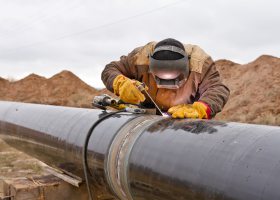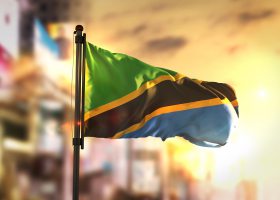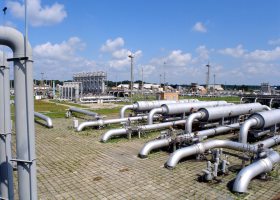Major Opportunities for Local Entrepreneurs in the East African Crude Oil Pipeline (EACOP) Project
The construction of the 1445-kilometer East African Crude Oil Pipeline (EACOP) project is another gold rush. The campsites have been built and some jobs related to studies and engineering are being conducted.
Tanga airport is smaller than Dar es Salaam airport, but it has more activities now: the terminal building is largely occupied and the parking lot is filled with different kinds of cars.
People are migrating into Chongeleani Peninsular near Tanga port (the region where the pipeline and its facilities will be constructed).
They wear business suits or cowboy clothes coming to examine the pipeline. These men want to know how to find a job in the project. Others want information on the prime contractors or the updates on the status of the project.
Newspapers are jam-packed with EACOP news. The project is the main subject in all trade shows, conferences, and industry events. The pipeline is just another big blessing.
If you would like to rent an apartment in Tanga, hurry up! The influx of people into Tanga will cause a shortage of available apartments.
In truth, the project will bring economic development to Tanzania and Uganda. It means jobs and business opportunities to Tanzanians and Ugandans.
Read Also.Have you heard what’s trending in Uganda and Tanzania right now?
Opportunities for local service providers and suppliers range from: material and procurement; security; health, safety, and environment and emergency services; civil engineering work; construction material supply; logistics and transportation services; fuel and chemical supply; human resources, training, and manpower supply; auditing and insurance; catering and accommodation; equipment leasing, etc. Just to mention a few.
Opportunities for local workers ranges from cooks; carpenters; electricians; plumbers and pipeline welders; geologists; secretaries; equipment operators for machines such as forklift, crane and sideboom, bus and truck drivers; oilers, etc.
An area where there may be shortage is the pipeline welding.
Anybody can learn how to fire up two pieces of iron, but in pipeline construction, you just don’t weld anyhow. Pipeline welders know the temperatures and the porosity of each weld.
In pipeline welding, it is not a matter of joining two pieces of iron. But the welds should be x-rayed to ensure its quality. Pipeline welders have educational institutions in which they have to be highly trained, tested, and qualified before placed to work on the pipeline.
Uganda and Tanzania have never built a major pipeline before. So, natives may not have requisite skills to expertly weld the pipe.
The host governments enforce the local-hiring policy to some extent. So, natives have a preference in contracts awards and jobs.
In fact, if you are looking for the place to make a fortune, the pipeline might just be the right place you are looking for.
Hussein.Boffu@tanzaniapetroleum.com
+255655376543
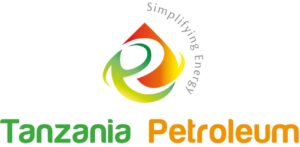
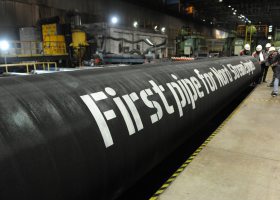

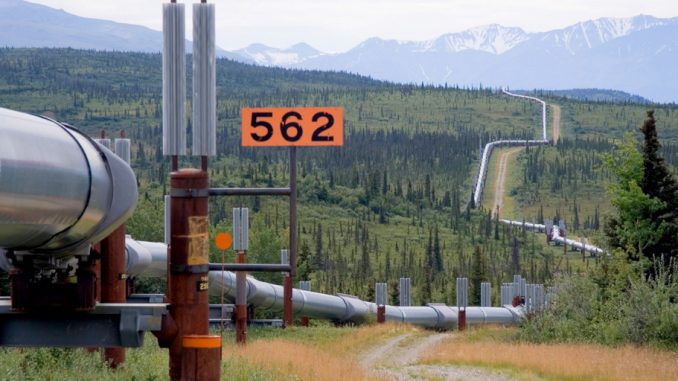

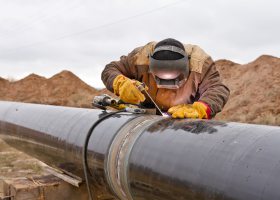

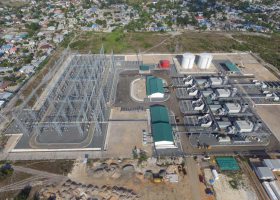
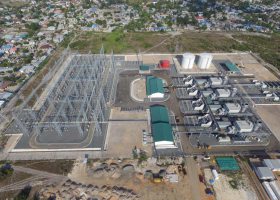


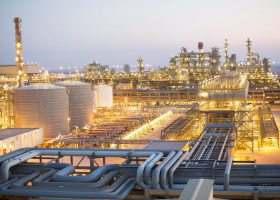


 Huge quantities of natural gas ha
Huge quantities of natural gas ha